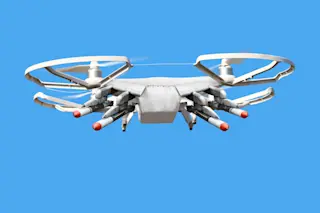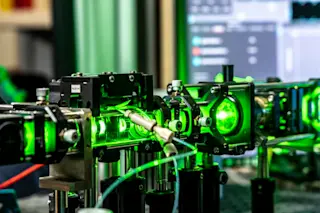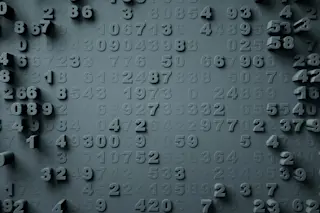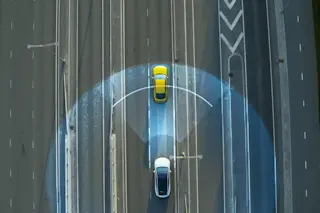(Illustration credit: Kletr/Shutterstock) Police in North Dakota can now use drones, or unmanned aerial vehicles (UAVs), equipped with less-than-lethal weaponry such as Tasers, pepper spray and rubber bullets. Legislation that came into effect in August specifically allows this. The original bill was intended to prohibit all weapons on police drones. State Republican Rick Becker, who presented the bill, said its aim was to ensure that police obtain search warrants when using drones in criminal searches. However, a successful amendment by a lobbyist for the North Dakota Peace Officers Association meant the bill prohibited equipping drones with lethal weaponry only. A disappointed Becker is opposed to attaching weapons of any description to drones, saying:
"… there should be a nice, red line: drones should not be weaponized. Period."
The use of drones by authorities has increased around the globe. In the US, drones have been used not only for police surveillance ...














